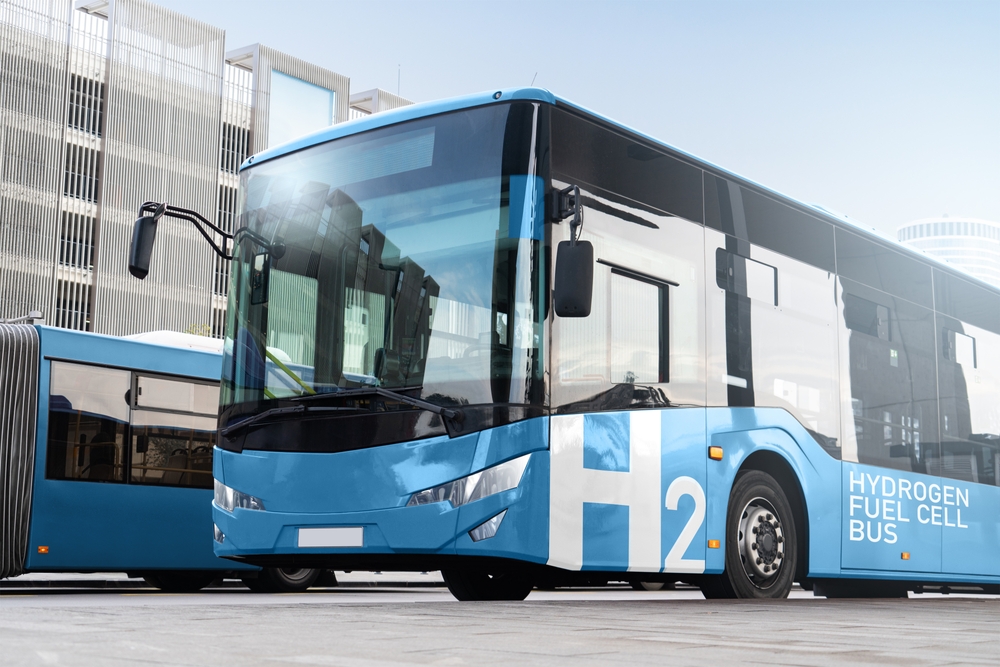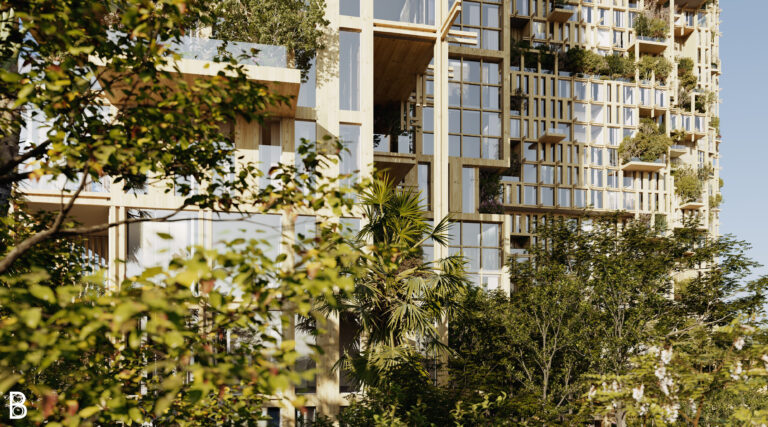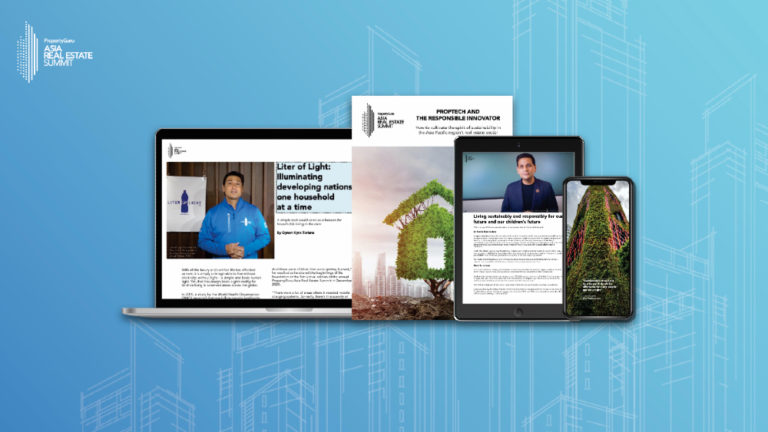Drive change through sustainable transportation
Revolutionise urban mobility for environmental and economic resilience

Sustainable transport, crucial in the face of expanding urban areas and a car-dependent culture, seeks to mitigate the environmental impact of increased mobility. According to climate consulting site Selectra, it encompasses both public (electric buses, metros) and private (bikes, scooters, electric vehicles) modes, aiming to reduce carbon emissions and enhance air quality in cities where transport-related greenhouse gases contribute significantly to pollution.
In the UK, the transport sector contributed 27 percent of greenhouse gas emissions in 2019, a figure that remains stable despite improvements in the power sector. Sustainable transportation addresses this by promoting energy-efficient modes like public transit, which reduces CO2 emissions by 45 percent, and transitioning to electric or low-emission vehicles. This shift not only lessens the carbon footprint but also stimulates economic development by creating jobs and reducing healthcare costs associated with air pollution-related illnesses.
Mode Shift noted that the positive impact of sustainable transportation extends to safety, with public transit proving over ten times safer per mile than private vehicles. Reduced congestion on roads is another benefit, making commuting faster and more efficient.
Related: Electrifying developments take over Indian transportation
However, achieving sustainable transportation involves overcoming challenges, including the dominance of petroleum-based fuels and the initial investment required for newer, sustainable vehicles and infrastructure.
To address these challenges, IBM discussed how organisations can adopt best practices like prioritising achievable goals, leveraging technology for asset management, upgrading maintenance programs to preventive or predictive approaches, incorporating the Internet of Things and Artificial Intelligence for enhanced monitoring, and utilising digital twin technologies for planning.
Examples of sustainable transportation infrastructure solutions include the IBM Maximo Application Suite, which integrates asset and reliability management to optimise productivity, deploy preventive and predictive maintenance, and monitor and maintain transportation infrastructure assets.
In summary, sustainable transportation offers a comprehensive solution to environmental, economic, and societal challenges posed by traditional modes of mobility. By adopting best practices and innovative technologies, organisations can play a pivotal role in building resilient, eco-friendly transportation systems for the future.
The Property Report editors wrote this article. For more information, email: [email protected].
Recommended
From childhood curiosity to architectural innovation: Mohammed Adib’s vision for a sustainable, flexible future
Mohammed Adib channels childhood curiosity and an aversion to design homogeny into his work for Dewan Architects + Engineers
ARES White Paper Volume 3: The era of adaptive reinvention
Pioneering sustainable and innovative practices in urban development
ARES White Paper Volume 2: Unravelling the power of data revolution in real estate
Insights on proptech, smart cities, and sustainable development
ARES Digital White Paper Volume 1: The fundamentals of responsible building
Green and climate heroes join forces to discuss how Asia Pacific can weather the current environmental crises and the looming effects of climate change






